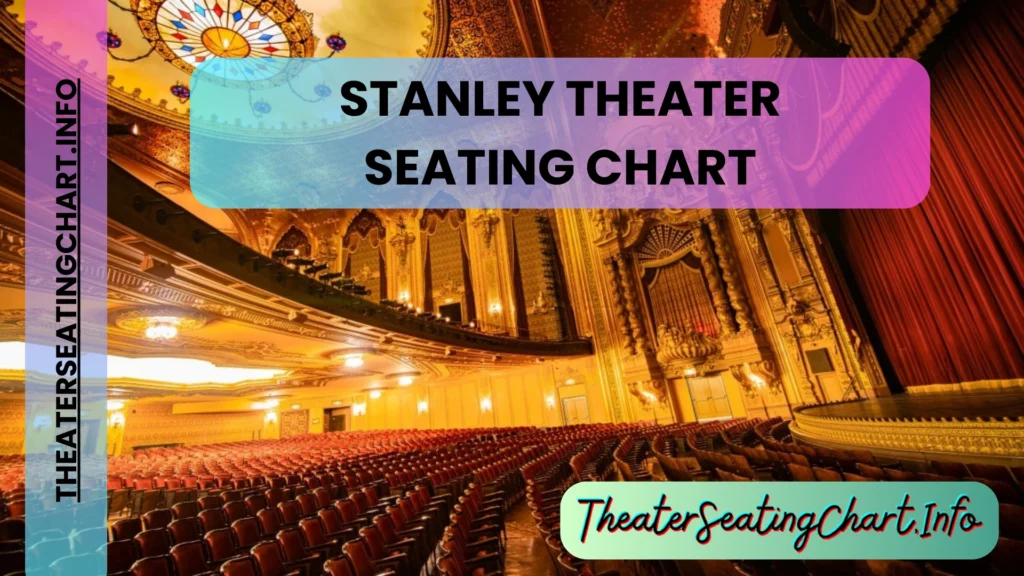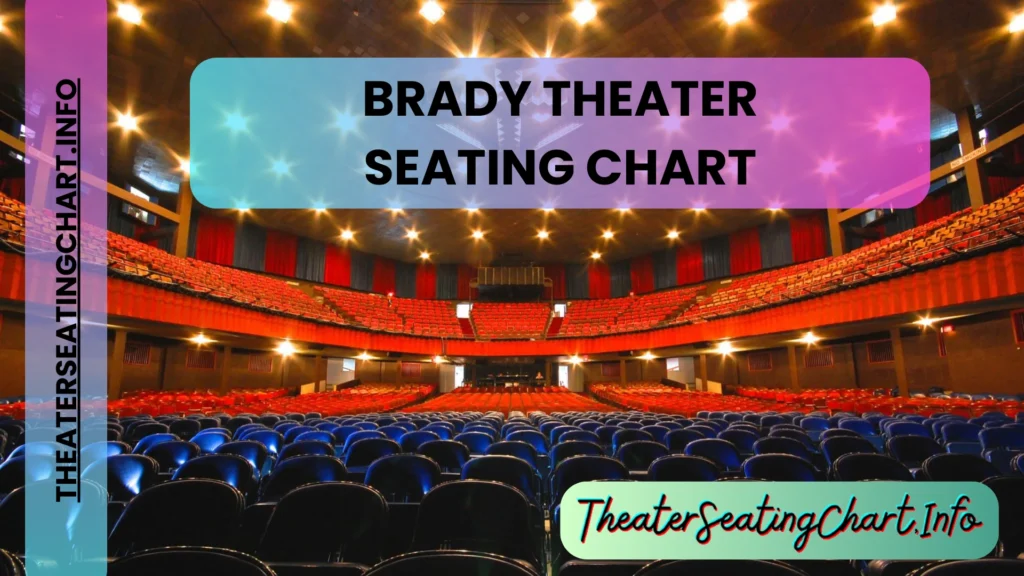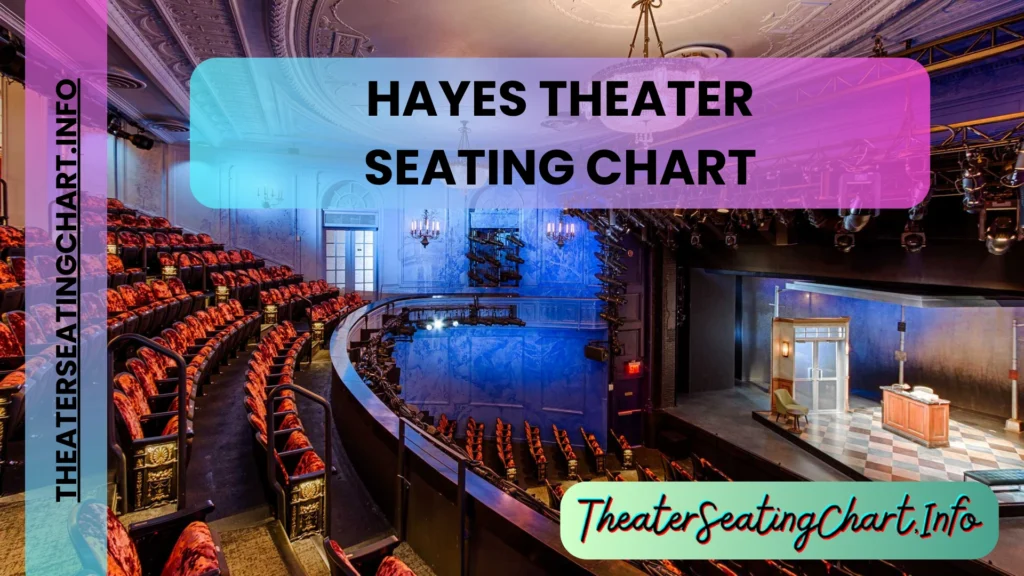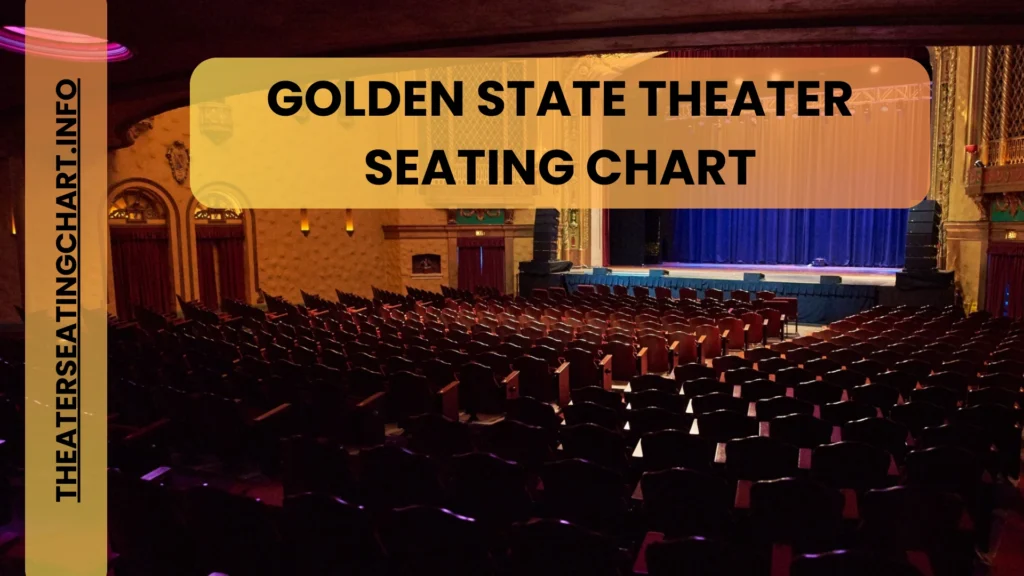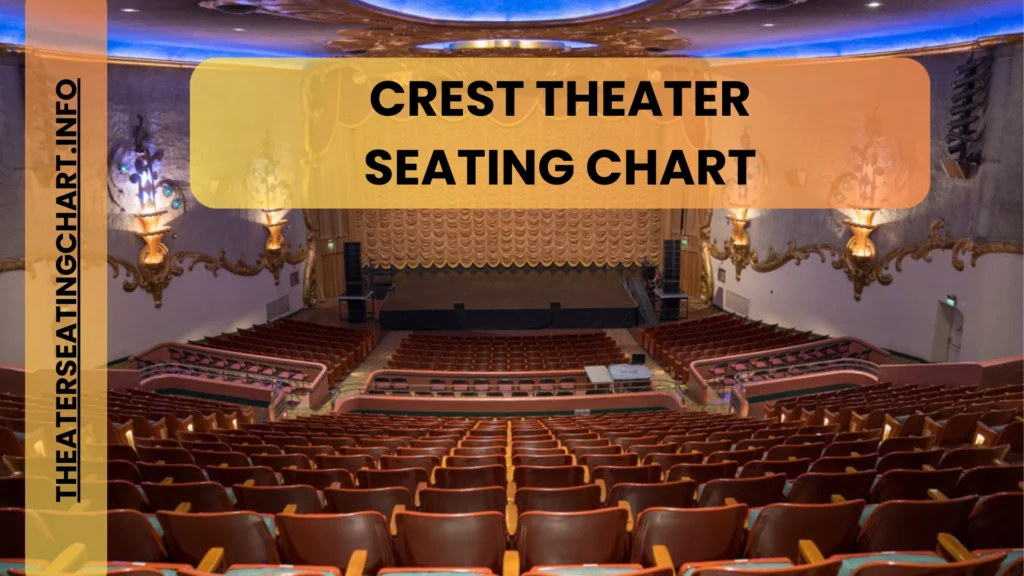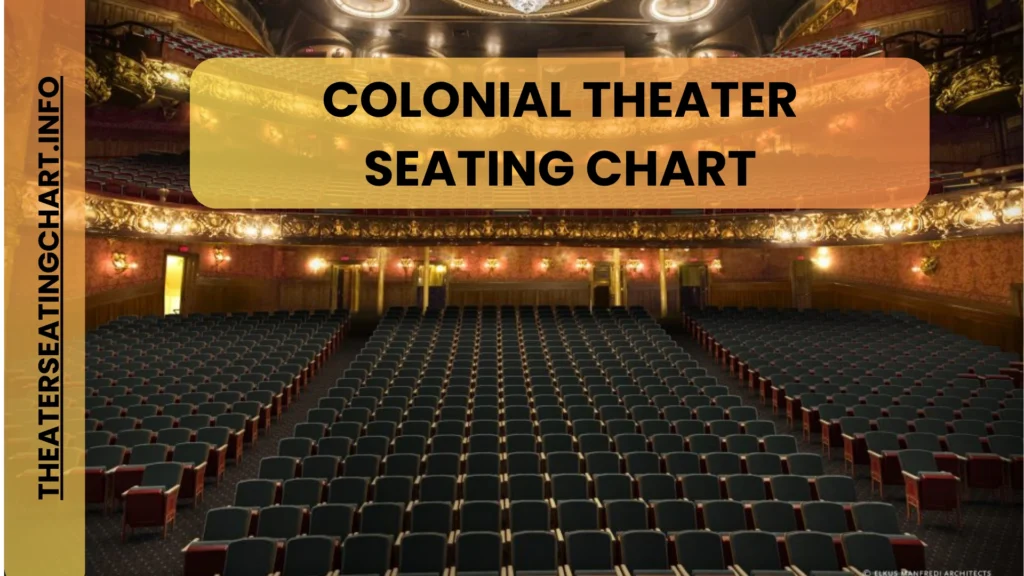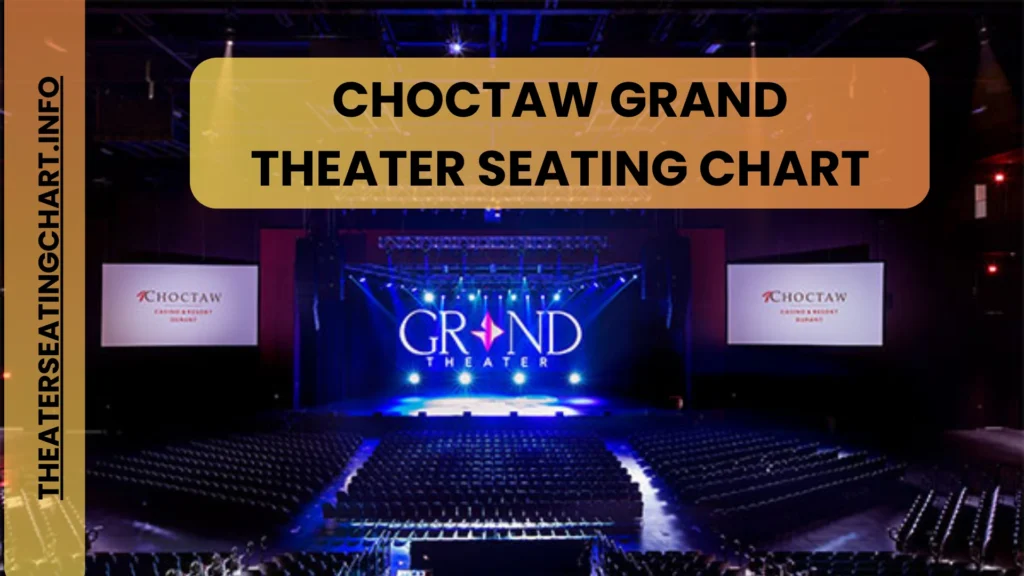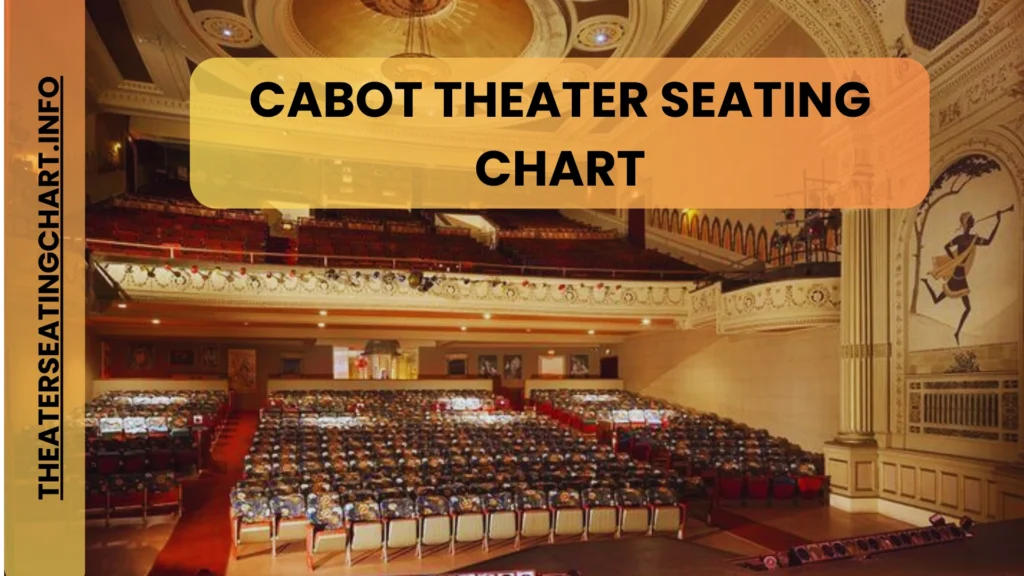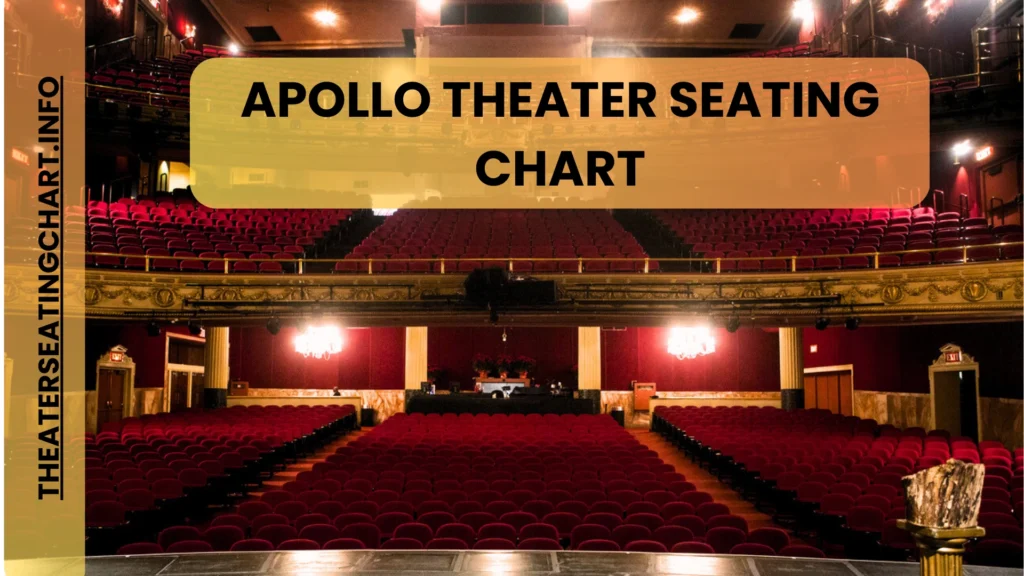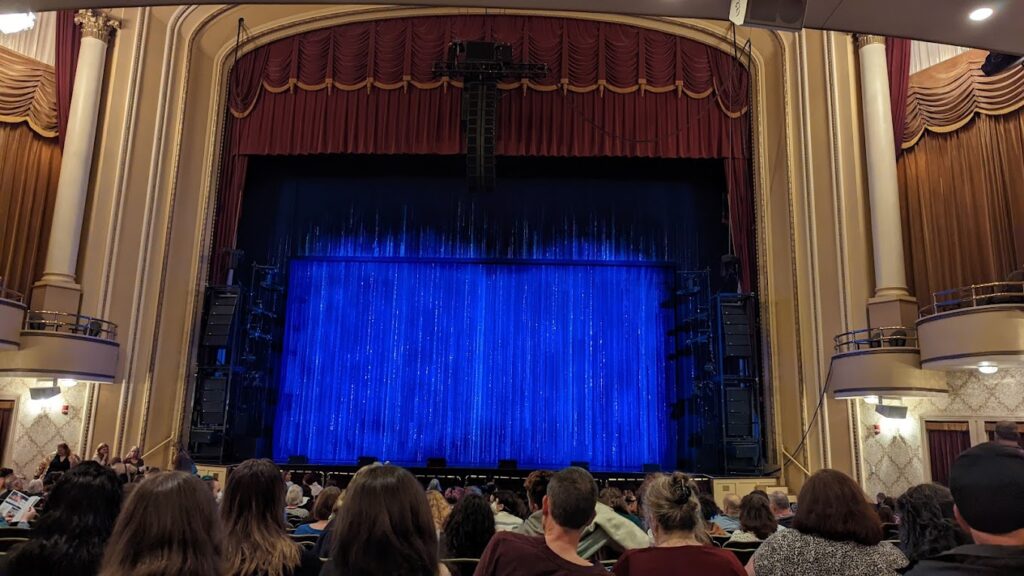
Ready To Get View From My Seat?
Theater Seating Chart
Here, you can get the information and Seating Chart of worlds best Theater Located in the United State Of America.
Simply access the Website Posts and Enjoy your Experience with best selection of Seating Position.
What Is Theater Seating Chart?
A theater seating chart is a diagram or representation of the layout of a theater, showing the different sections and rows of seats. It is used to help theater-goers choose the best seat for their needs and to manage the theater’s seating arrangements, ensuring a comfortable and enjoyable experience for everyone.
The seating chart typically includes information about the type of seats available, such as single, couple, or group seating, as well as the availability of accessibility options for theater-goers with disabilities, such as wheelchairs or hearing/sight impaired.
It may also show the availability of extra amenities, such as cupholders, extra legroom, reclining seats, and food/beverage service. The theater seating chart is an essential tool for theater management and can be integrated with the theater’s ticketing and reservation system for a seamless experience for theater-goers.
Importance of Efficient Seating Arrangements
Efficient seating arrangements are important for several reasons:
- Comfort: A well-planned seating arrangement ensures that all theater-goers have a comfortable view of the stage, and enough space to stretch their legs and relax.
- Safety: Proper seating arrangements help to ensure that exits and emergency routes are kept clear and easily accessible, which is important in case of an emergency.
- Maximizing Capacity: By organizing the seating space efficiently, theaters can maximize their capacity and generate more revenue.
- Aesthetics: An attractive and well-planned seating arrangement can enhance the overall look and feel of the theater, making it a more appealing place for patrons to visit.
- Special Needs: Efficient seating arrangements also make it easier to accommodate special needs, such as wheelchair access and hearing or sight-impaired seating.
In summary, efficient seating arrangements help to ensure the comfort, safety, and enjoyment of theater-goers, while also maximizing the theater’s capacity and generating revenue.
Brief Overview of The Theater
A brief overview of the theater would provide a general idea about the facility and its key features. This might include information such as:
- Location: Where the theater is located, including its address and surrounding area.
- History: A brief history of the theater, including when it was built, who built it, and any major renovations or expansions over the years.
- Size: The size of the theater, including the number of seats, stages, and performance spaces.
- Style: The architectural style and design of the theater, including any unique or distinctive features.
- Performance Types: The types of performances typically held at the theater, such as plays, musicals, concerts, ballets, operas, etc.
- Amenities: A list of the theater’s amenities, such as restrooms, food and beverage options, parking facilities, etc.
- Accessibility: Information about accessibility features, such as ramps, elevators, and wheelchair seating.
- Contact Information: The theater’s contact information, including its phone number, email address, and website.
This overview should provide a brief but comprehensive look at the theater, highlighting its key features and facilities, and making it easier for theater-goers to understand what to expect when they visit.
Theater Layout
Floor Plan
A floor plan is a two-dimensional representation of a theater’s layout, showing the position of walls, doors, stages, seating areas, and other key features. The floor plan should be easy to read and understand, and should provide enough detail to enable theater-goers to choose their seats and plan their visit. Key elements of a theater floor plan might include:
- Seating sections: The different seating sections, such as the orchestra, mezzanine, balcony, etc.
- Rows and Seats: The number and arrangement of rows and seats in each section.
- Stages: The location of the main stage and any additional performance spaces.
- Amenities: The location of restrooms, concessions, and other amenities.
- Exit Routes: The location of exits and emergency routes.
- Scale: A clear indication of the scale of the floor plan, making it easier to understand the relative size of different features.
- Key: A legend or key to help interpret the symbols and colors used on the floor plan.
The floor plan should be accurate, up-to-date, and easy to use, and should be included in the seating chart along with other information about the theater, such as the seating options, ticketing information, and contact details.
Section Classification (Orchestra, Mezzanine, Balcony, etc.)
Section classification refers to the different types of seating areas in a theater, typically identified by names such as orchestra, mezzanine, balcony, loge, box seats, etc. The specific names used may vary depending on the theater, but common section classifications include:
- Orchestra: The main floor seating area, closest to the stage.
- Mezzanine: A raised seating area, often located above the orchestra and offering a more elevated view of the stage.
- Balcony: A higher seating area, located above the mezzanine and offering a bird’s-eye view of the stage.
- Loge: Small, private boxes, often located along the sides of the theater, offering a more intimate view of the stage.
- Box Seats: Similar to loges, but usually located in different areas of the theater, offering a more private and intimate experience.
- VIP/Premium Seating: Special seating areas offering enhanced amenities and/or a better view of the stage.
The specific sections available in a theater will depend on its size, layout, and other factors, and each section may have its own unique features and benefits. The seating chart should clearly indicate the different sections and their locations, making it easy for theater-goers to choose the best seat for their needs.
Seating Option
Availability of Different Types of Seats (Single, Couple, Group)
Different types of seats are available in a theater to accommodate the various needs and preferences of theater-goers, including single, couple, and group seating options. Some of the different types of seats that might be available include:
- Single Seats: Individual seats, perfect for those who are attending a performance alone or who prefer a more private experience.
- Couple Seats: Seats designed for two people, typically offering more space and comfort than single seats.
- Group Seats: Seats for larger groups of people, allowing friends, families, or colleagues to sit together.
- Love Seats: Small, two-seater sofas, offering a more relaxed and intimate seating option for couples.
- Bar Seats: Seats located at a bar or lounge area, offering a more social and relaxed atmosphere.
- Wheelchair Seats: Seats designed to accommodate theater-goers who use wheelchairs, with extra space and accessibility features.
The availability of different types of seats will depend on the theater’s design and layout, as well as its seating capacity. The seating chart should indicate which types of seats are available and their locations, making it easy for theater-goers to choose the best seat for their needs.
Accessibility options (wheelchair, hearing/sight impaired)
Accessibility options refer to the features and services provided by a theater to accommodate theater-goers with disabilities, such as those who use wheelchairs or who are hearing or sight impaired. Some of the accessibility options that might be available in a theater include:
- Wheelchair Seats: Seats designed to accommodate theater-goers who use wheelchairs, with extra space and accessibility features.
- Wheelchair Ramps: Ramps or elevators to provide easy access to different levels of the theater, including the stage and seating areas.
- Hearing Assistance: Devices or systems to help hearing-impaired theater-goers enjoy the performance, such as assistive listening devices or captioning systems.
- Visual Assistance: Devices or systems to help visually-impaired theater-goers enjoy the performance, such as audio descriptions or Braille signage.
- Accessible Restrooms: Restrooms designed to accommodate theater-goers with disabilities, with features such as grab bars and accessible sinks.
It is important for theaters to provide accessible options for all theater-goers, including those with disabilities, to ensure that everyone has an equal opportunity to enjoy the performance. The seating chart should clearly indicate the accessibility options available in the theater, and should be designed in a way that makes it easy for theater-goers with disabilities to choose the best seat for their needs.
List of Popular Theater in United States
Stanley Theater Seating Chart – know Every Single Details of it.
Brady Theater Seating Chart: Find the Perfect Seat
The Ultimate Guide to the Hayes Theater Seating Chart
Schoenfeld Theater Seating Chart – How to Find Best Seat?
Golden State Theater Seating Chart: Find The Best Seat For Your Next Show!
Crest Theater Seating Chart: A Comprehensive Guide
Colonial Theater Seating Chart – How To Choose Best Seat?
Choctaw Grand Theater Seating Chart: The Ultimate Guide
Cabot Theater Seating Chart: Ultimate Guide of 2023
Apollo Theater Seating Chart – How To Find Best Seat?
Ticketing and Reservation
Ticketing and reservation refers to the process of purchasing and reserving seats in a theater. Some of the key elements of the ticketing and reservation process include:
- Ticket Sales: The process of purchasing tickets for a performance, either online or in person, through a box office or ticket vendor.
- Seat Selection: The process of choosing the best seat for the performance, either through an online seating chart or in person at the theater.
- Ticket Confirmation: The process of receiving confirmation of the ticket purchase and seat reservation, either through email, text, or a physical ticket.
- Ticket Delivery: The process of receiving the physical ticket or electronic ticket, either through mail, email, or at the theater’s box office.
- Ticket Changes: The process of making changes to a ticket purchase, such as exchanging tickets for a different performance date or time, or upgrading to a better seat.
- Ticket Refunds: The process of obtaining a refund for a ticket purchase, either in case of a canceled performance or a change in personal circumstances.
The ticketing and reservation process should be simple, efficient, and secure, allowing theater-goers to easily purchase and reserve their seats for the performance. The seating chart should be integrated with the ticketing system, making it easy for theater-goers to view available seats and choose the best seat for their needs.

